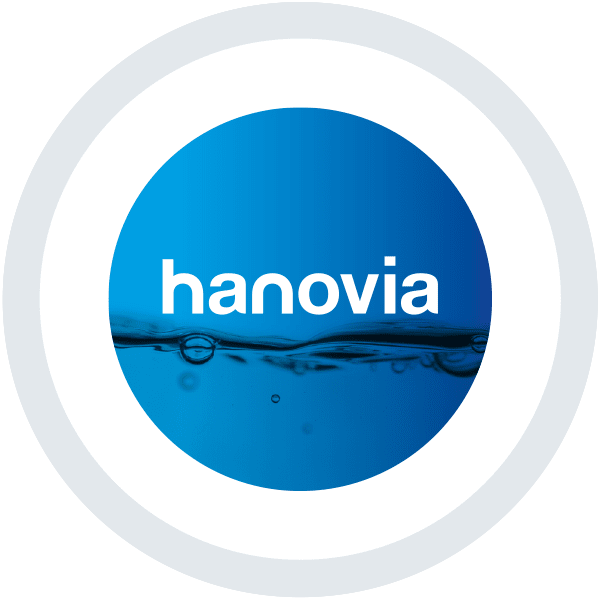Free Chlorine? Total Chlorine? Who cares
by Ying Xu -Technical Sales Manager – Palintest

The majority of food and beverage manufacturing facilities rely on a municipal water supply for cleaning, process water, ingredient water and other uses. For many applications, it is necessary to remove the residual chlorine from the municipal water supply because it can affect the taste and flavor of the product being manufactured. This is especially true in applications where municipal water is used for product ingredient water, such as within breweries and carbonated beverage plants.
Different means of primary disinfection and residual disinfection in the distribution system are available to municipalities. It is important for breweries and carbonated beverage facilities to understand their water supply and the disinfection methods used by the municipalities to ensure that the process solutions implemented at their own facility are sufficient to effectively dechlorinate the water. One of the most common mistakes is failing to understand the different chlorine species being fed into the system and how removal processes like granular activated carbon (GAC) or UV perform differently depending on which species need to be removed.
Chlorine concentrations are commonly measured as either total chlorine, free chlorine or combined chlorine.
- Free chlorine – Chlorine exists as a molecule with the formula Cl2 and is a poisonous gas at room temperature. In water disinfection applications, `free chlorine’ can consist of molecular chlorine, Cl2, hypochlorous acid (HOCl), and hypochlorite ion (OCl-). In a solution, there will be a mixture of these species depending on the pH value of the liquid.
- Combined Chlorine – As well as being a powerful oxidizer, chlorine will combine with other molecules in the water. This will result in a reduction of `free chlorine’. Most `combined chlorine’ will be in the form of chloramines, the product of reactions between `free chlorine’ and ammonia. Some chlorine will also become bound to other natural organic matter (NOM) as large molecules start to break down.
- Total chlorine – A measurement of all the chlorine (free and combined) in the water.
Understanding the different ways of measuring chlorine concentrations is important. Historically, municipalities have relied mostly on free chlorine disinfection to provide the necessary residual in the water distribution network. Over the past 20+ years, an increasing number of municipalities have come to rely more on chloramines (combined chlorine) to provide the residual chlorine in the distribution system, primarily due to its greater stability. This is particularly true for larger municipalities that serve more than 10,000 users, as they tend to have larger distribution networks where a more stable chlorine species like chloramine can help to ensure chlorine residual levels are sufficient.
Whether GAC or UV is used as the primary method of total chlorine removal, both technologies need to be sized differently to tackle chloramine (combined chlorine) removal and for this, it is critical to understand the chlorine species in the municipal water supply. In addition to taking the proper chlorine measurements (free, combined and total), it is also important to discuss with the municipality about whether their chlorine dosing methods are the same throughout the year. Some municipalities may dose chloramines in the summer months to help with chlorine stability issues in the distribution system. GAC and UV dechlorination systems must therefore be sized with this in mind, otherwise they will underperform during that period due to the presence of chloramines.
More information on chlorine testing as well as chlorine species can be found at the links below from Palintest and the USEPA.
https://www.palintest.com/en/support/research-insight/controlling-chloramination-drinking-water-applications
https://www.palintest.com/en/support/research-insight/free-and-combined-chlorine-understand-difference
https://www.epa.gov/sites/production/files/2015-09/documents/q1.pdf





 沪公网安备 31011202013557号
沪公网安备 31011202013557号